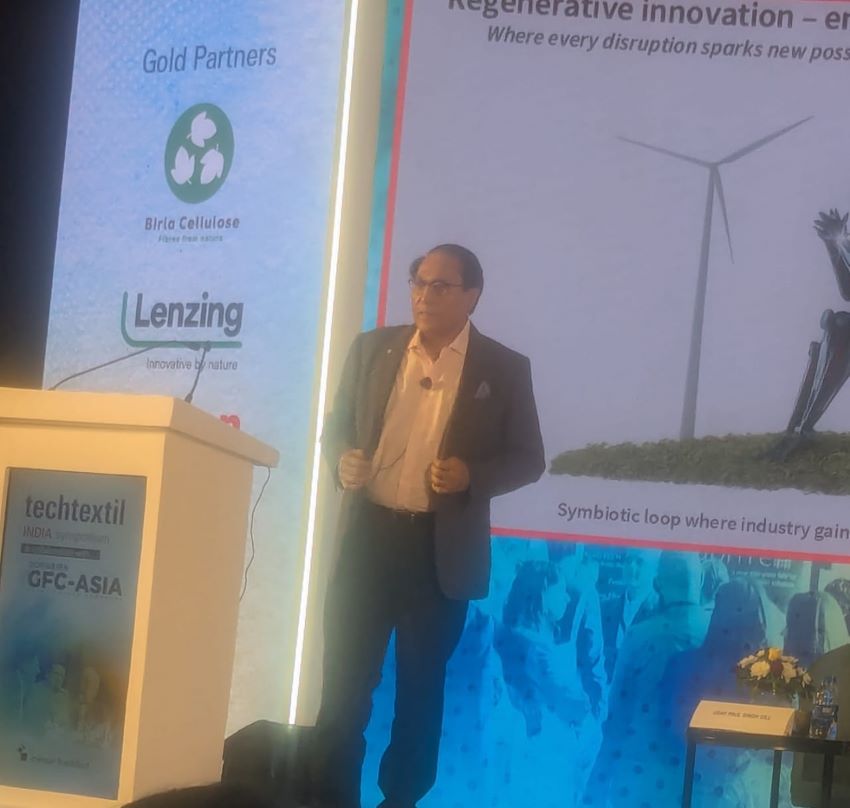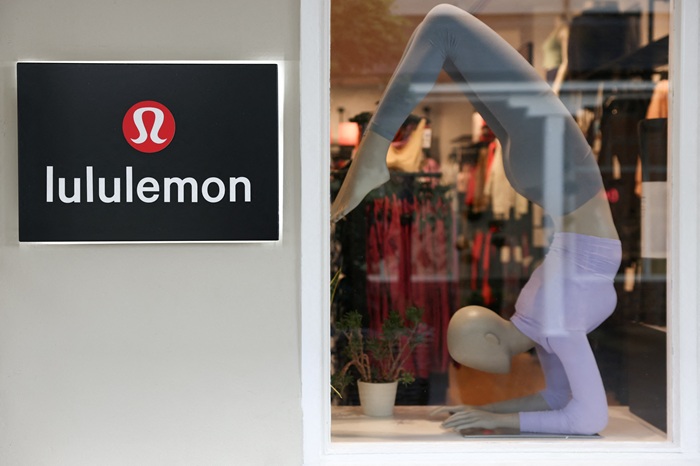Cambodia’s garment exports grew just four per cent in the first six months of the year. In the same period last year, growth was nine per cent. The slowdown may be due to a 2.3 per cent drop in exports to the United States amid stronger competition from Vietnam and Myanmar.
Increases in Cambodia’s minimum wage were also a factor, leading to higher production costs. Cambodia’s new minimum wage is more than double the minimum wage for garment workers in Bangladesh. Cambodia’s exporters may face more challenges ahead. With the World Bank’s upgrade of the economy last year to lower-middle income country status, Cambodia will no longer receive preferential trade access in the European Union over the next three years.
Foreign direct investment in the garment sector dropped by about 30 per cent in the first quarter of 2017 compared to a five per cent drop in the same period last year. Cambodia is the fifth biggest supplier of garment and textile products to the European Union. It’s behind China, Bangladesh, Turkey and India.
Cambodia’s garment exports to the EU grew by 14 per cent in 2016. The country’s growth in the EU market was largely the result of preferential treatment under the Everything But Arms agreement, which allows its garment products to enter the EU market duty-free due to its status on the list of least developed countries.
Cambodias garment exports up four per cent
- 1
- 2
- 3
- 4
- 5
- 6
- 7
- 8
- 9
- 10
Wired Threads: How India’s textile backbone is powering the smart apparel future
India’s huge textile industry, long celebrated for its command over cotton and competitive manufacturing scale, is going through a foundational... Read more
The New Core Competency: How sustainability and advanced fabrics are driving Ind…
The SportTech Pavilion at Techtextil India, hosted by Concepts N Strategies, concluded with a unanimous declaration: for India to successfully... Read more
New EU import rules set to raise prices for Shein and Temu, boosting European re…
Europe’s fashion and textile scenario is on the verge of its most consequential structural shift in over a decade. The... Read more
Global apparel trade rebalances in 2025 as Europe rises, Asia stumbles: Wazir Ad…
As the global apparel economy enters the final quarter of 2025, trade flows across major markets reveal a sector facing... Read more
Tariffs, turbulence and tenacity, India’s textile sector finds new strength
India’s textile and apparel export sector is showing a remarkable capacity to adapt and thrive in one of the most... Read more
Future Fiber Demand and the Chemical Recycling Imperative: Global industry eyes …
The global textile industry is entering a period of exponential growth and profound technological transformation, according to key figures speaking... Read more
Regenerative innovation and the Human-Centric future of textiles
The global textile industry is at a crossroads where mere efficiency and profit no longer guarantee survival. This was the... Read more
Profit with Purpose: Inside the 35% margin boom in upcycled fashion wholesale
The secondhand wholesale sector, once seen as the back end of fashion, is now leading a quiet revolution, one that... Read more
Beyond CMT: Collaboration, not competition, is India’s new growth strategy
The journey for India’s activewear industry to move "Beyond CMT" (Cut, Make, Trim) and capture the global premium mandate is... Read more
Inside Lululemon’s toughest year, tariffs, trend misses, and the fight to reigni…
For over a decade, Lululemon Athletica embodied everything the premium athleisure revolution stood for technical mastery, community-driven branding, and an... Read more












